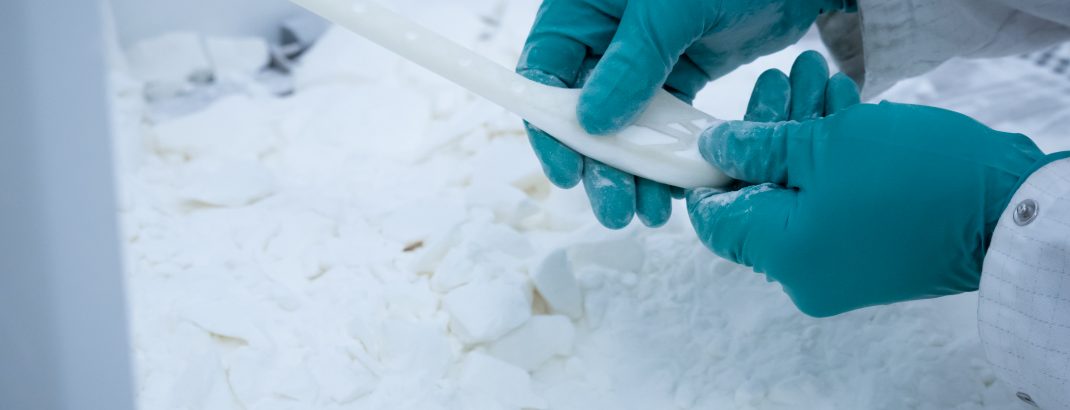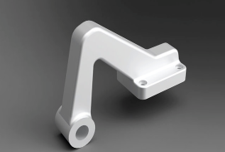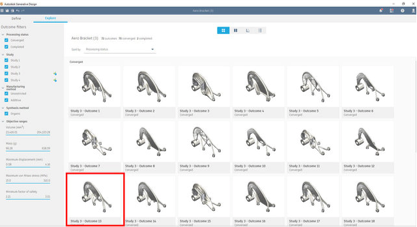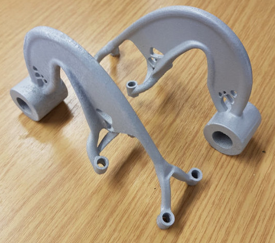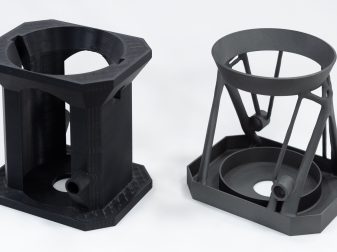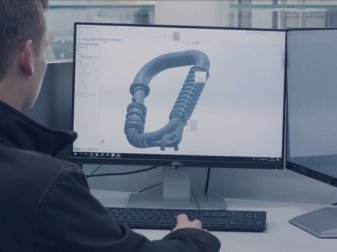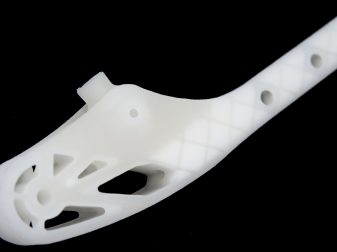Design for AM (DfAM) has long been the final hurdle for the widespread adoption of additive manufacturing. We see endless parts produced using AM, but still designed for traditional manufacturing methods. The true benefits of AM lie in designing for the manufacturing process right from the beginning, but we understand how difficult it can be to create weird and wonderful shapes like organic lattice structures as CAD data and train out the habit of designing for a traditional process. Our design optimisation service realises that ambition of rethinking design with AM in mind. Utilising software that is engineered precisely to meet or exceed specified parameters results in innovative designs that are difficult to conceive or translate into CAD data, often creating complex structures and organic shapes that previously seemed impossible to manufacture.
Design Optimisation is already a vital development stage for the aerospace and automotive industries – given the direct relationship between part weight, energy usage and running costs – but these advantages can and should be realised across industry.
We’re here to show you how.

Finite Element Analysis (FEA) is the initial step which provides confirmation that the product design is suitable to perform in its intended environment (load, vibration, heat, fluid and other physical effect analysis).
Generative Design (GD) uses complex software to remove material after FEA analysis.
Shape Optimisation (SO) is where the CAD user removes material after FEA analysis.
Ricoh 3D offers both services to provide solutions that are difficult or impossible to produce using conventional manufacturing techniques.
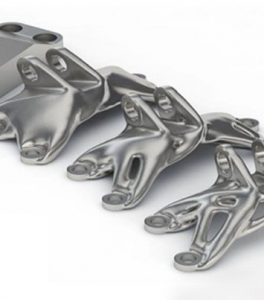
Benefits
- Reduced part weight
- Cost reduction (through less material usage)
- Part consolidation
- Enhanced performance & longevity
- Increased sustainability (through reduced material usage)
- Reduced energy consumption & improved battery range (e-mobility)
- Reduced design time (CAD)
- Designs that leverage true design freedom of additive manufacturing
- Creates innovative and futuristic designs

What do we need from you?
We understand that every project is different so, in order to optimise your part effectively, we need as much of the information below as is relevant or possible. We can then advise whether your project is best suited to generative design or shape optimisation.
- Intended goal (weight vs strength)
- Material
- Manufacturing process
- Loads
- Load paths
- Geometry constraints
The Process

